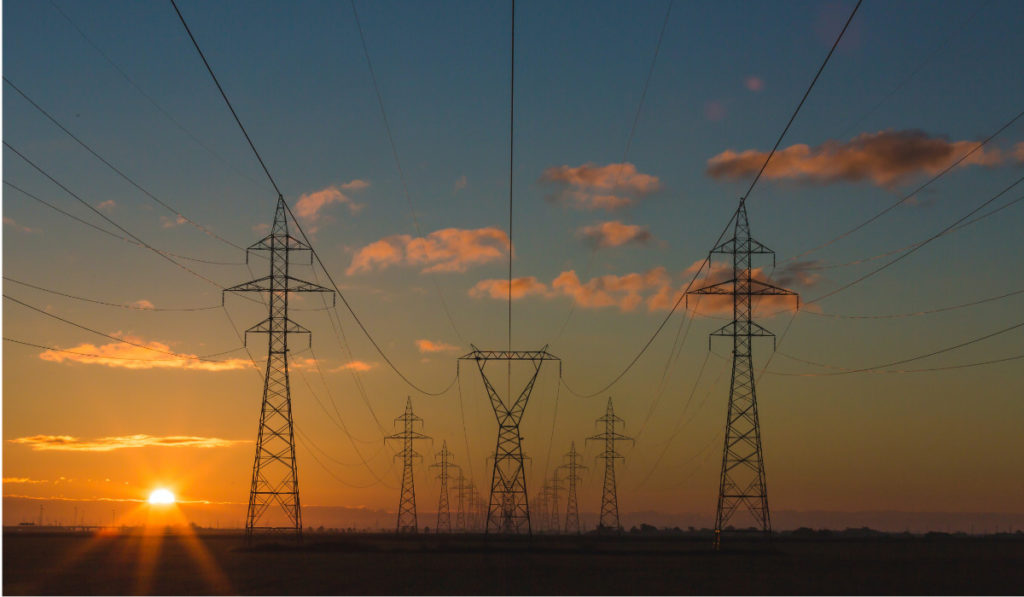
According to a report from industry lobby group the European Round Table for Industry (ERT), investment in Europe’s energy infrastructure requires €800 billion (US$870 million) by 2030.
The report, “Strengthening Europe’s Energy Infrastructure” – which was written in partnership with consulting firm Boston Consulting Group (BCG) – highlights the imperative of industrial decarbonisation and how the surge in demand for renewable energy has put a toll on the current infrastructure in the region.
Unlock unlimited access for 12 whole months of distinctive global analysis
Photovoltaics International is now included.
- Regular insight and analysis of the industry’s biggest developments
- In-depth interviews with the industry’s leading figures
- Unlimited digital access to the PV Tech Power journal catalogue
- Unlimited digital access to the Photovoltaics International journal catalogue
- Access to more than 1,000 technical papers
- Discounts on Solar Media’s portfolio of events, in-person and virtual
By mid-century the investment required in the grid infrastructure would rise to €2.5 trillion, with a collaborative effort from both public and private capital.
Annual investment in the European Union’s power grid infrastructure would range between €70-84 billion, of which 60% of it would be spent on distribution grids, a quarter (25%) on transmission grids and the rest on cross-border transmission and storage. Countries with high share of solar PV will require higher share of energy storage in order to compensate for the increased variability in the energy system.
“This includes de-risking anticipatory grid investments, unlocking flexibility such as storage and demand response, streamlined permitting processes and a priority-based approach for electric grid development, as well as attention to new gases including a role for low carbon hydrogen,” says the report.
Investment in distribution grids will be key to integrating the ever-growing pace of renewable energy sources. This would be achieved through the addition of new power lines, reinforcing existing lines, adding transformer capacity, digitalising the grid to improve its management and permit real-time reaction of operators to changing grid conditions and resilience to adverse weather conditions.
Pekka Lundmark, president and CEO at Nokia, said: “Digitalisation can make energy grids more reliable, more flexible and more efficient, cutting costs and squeezing the maximum possible value from assets. Connectivity enabled by mission-critical network and cloud solutions can bring European energy infrastructure to the next level of intelligence, automation and sustainability.”
The investment required in grid infrastructure would not only be at the national level but also across borders.
Faster permitting, market design overhaul and single-market
ERT’s report highlights three solutions to help support the infrastructure transition in Europe: faster permitting and increased private investment, an overhaul of the market design and pan-European single market.
Strengthening cross-border cooperation could be achieved through transnational power purchase agreements (PPAs).
Renewable projects facing long interconnection queues has been an ongoing issue across Europe and even globally – in the US alone, nearly 1TW of solar PV capacity had interconnection queues in 2022. Last December the Council of the European Union extended emergency renewable measures, which included faster permitting process for the deployment of renewable energy projects.
In France, the permitting process can incur delays that make the financing of a project much more difficult, while land scarcity further increases the price to rent land available for renewable development.
Europe’s grid infrastructure lacks 200GW
Europe’s grid infrastructure has been the subject of a series of reports lately, with energy think tank Ember estimating a lack of over 200GW capacity for solar PV by 2030 in 19 European countries, last month. The €800 billion figure from ERT’s report would represent nearly a third of the required US$3.1 trillion global electricity grid infrastructure by 2030 as suggested by US research firm Rystad Energy earlier this year.
Dimitri Papalexopoulos, chair of ERT’s Committee on Energy Transition & Climate Change, said: “Decarbonisation through energy transition has gone from being a purely European ambition to become a global agenda. That is a positive development, in view of how the climate crisis is a global one, so all progress in containing and reducing global emissions is welcome. However, it’s also become obvious that the methodologies being deployed by the EU, the US, China and others vary enormously – and that here in the EU, the biggest risk of the European approach is that it has put energy-intensive industries at a significant competitive disadvantage.”







